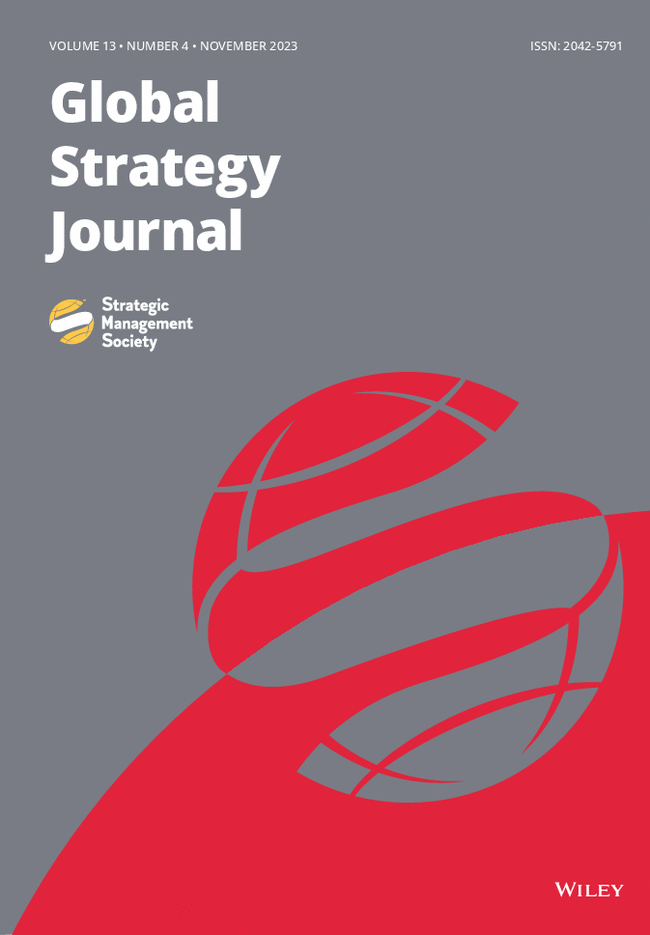International connectivity and the location of multinational enterprises' knowledge-intensive activities: Evidence from US metropolitan areas
Abstract
Research summary
International connectivity is a multidimensional construct that plays a pivotal role in attracting the activities of multinational enterprises (MNEs) by facilitating intra-firm coordination and access to external resources. We conceptualize how the different dimensions of international connectivity determine the location of MNEs' knowledge-intensive activities, with a focus on Research and Development (R&D) laboratories and Headquarter units (HQ). By analyzing 3,101 greenfield investments of MNEs in US Metropolitan Statistical Areas, we show that R&D activities are attracted toward areas connected to the rest of the world by international networks of inventors. Moreover, we find that infrastructures which ensure the mobility of people across borders, and greater connectivity through advanced producer services are key location factors for HQ activities.
Managerial summary
The choice of where multinational enterprises (MNEs) locate their knowledge-intensive activities is a crucial decision for managers, with important implications for policymakers. It has become increasingly clear that MNEs value the extent to which individual locations are connected globally. We study this international connectivity and highlight that it is a multidimensional construct spanning knowledge, infrastructure, and producer service networks. This study shows that not every dimension of international connectivity is equally important for MNEs in locating different knowledge-intensive activities. Research and Development laboratories are attracted toward areas connected worldwide by international networks of inventors. Moreover, headquarter units are more likely to be established in locations featuring greater connectivity through the mobility of people and advanced producer services.

 求助内容:
求助内容: 应助结果提醒方式:
应助结果提醒方式:


